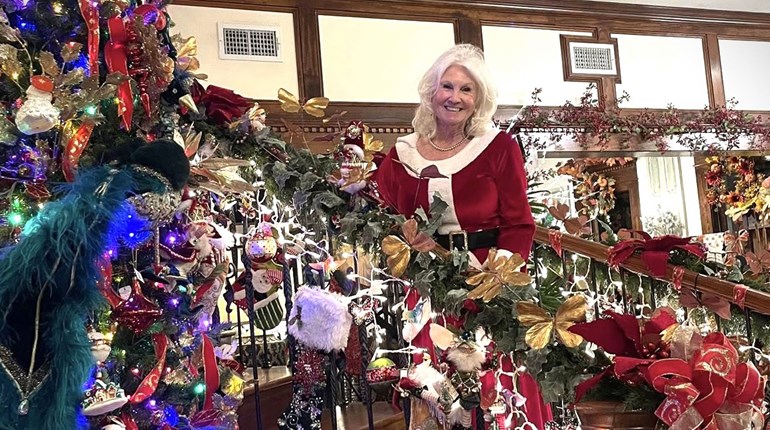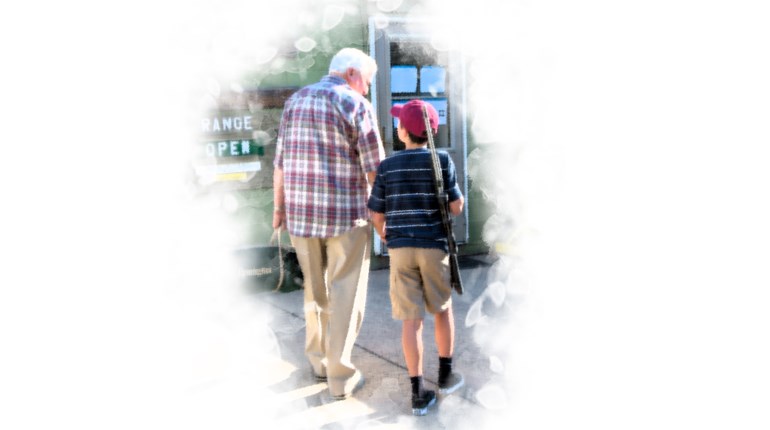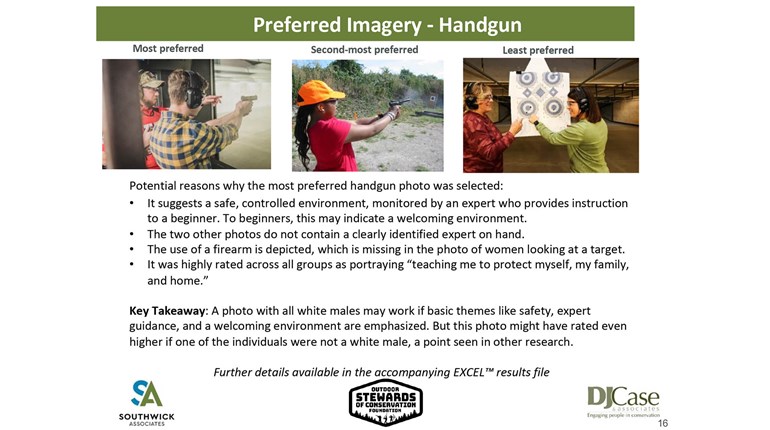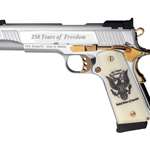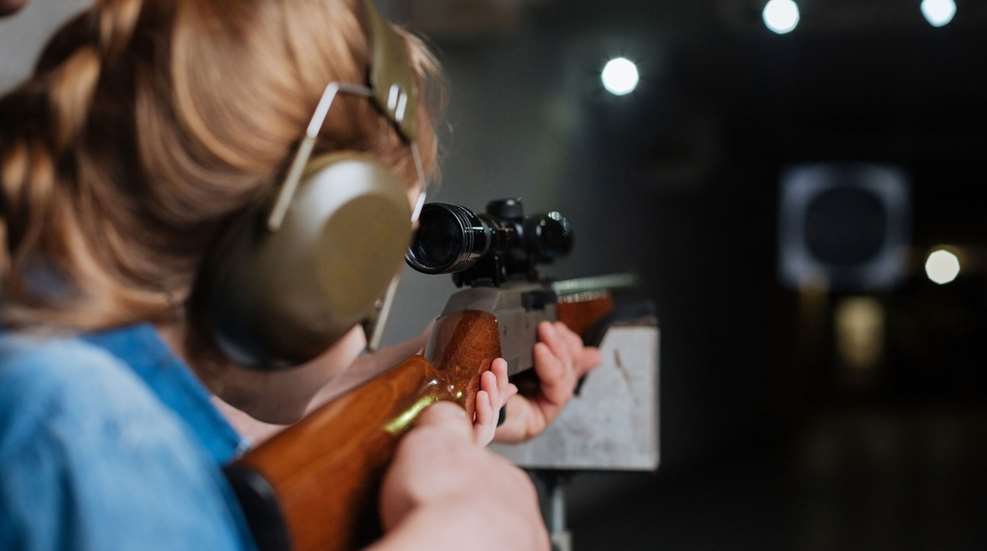
If you own firearms and have young children, it is your obligation to educate them in the safe and proper use of guns. This education should begin when they are able to get hold of a firearm on their own if you are not looking. In other words, if they are old enough to have an accident with a gun, they are old enough to be taught about firearm safety.
Kids start mimicking their parents at a very early age. If we begin their firearm education early, they will become safer at an early age. There are three areas in which you should start their education.

1. Firearm Safety
When someone handles a firearm, safety should be first and foremost. The NRA stresses safety in every firearms course and curriculum that is offered. The NRA’s 3 Rules for Firearm Safety is the foundation upon which all shooting activities are built. They are:
- ALWAYS keep the gun pointed in a safe direction,
- ALWAYS keep your finger off the trigger until ready to shoot, and
- ALWAYS keep your gun unloaded until ready to use.
These three rules must always be followed anytime a firearm is handled, and should be introduced to young children early and emphasized often. Too many parents who own firearms make it a point to simply “hide” their guns from their kids or choose not to show them the proper and safe handling of a firearm, which is in direct contrast to what the mainstream media has successfully demonized. Exposing children to firearm safety can greatly reduce the chance of having an accident.
Kids need to be exposed to firearms as early as possible. You do not even need a real gun to teach kids about firearm safety. Some popular kids’ toys can be used to effectively teach gun safety to very young children. Examples of these toys include Nerf guns, water or squirt guns, rubber band guns, cap guns, etc. These are great training aids to educate young shooters on the NRA Rules for Safe Gun Handling.
People ask me, “How can you teach gun safety with toys that are designed to be pointed at other people?” Remember, toys are toys, and things that are or represent real guns must be treated as real guns. Take the time to explain the difference between toys that you play with and real guns. Once they understand the difference, teach them by using their toys how to safely handle firearms.
If you have kids, toy guns and real guns in the same house, you owe it to your kids to show them the difference. After all, you do not want them finding a real gun thinking it is a new toy. Making sure the firearm is safe, show your children the difference between toys and the real thing. Let them hold it to feel the difference and explain the dangers if it is handled improperly or without you being present. Even very young kids have a remarkable ability to understand you when the topic is safety.
Range Safety
Teaching your kids safety at the gun range is something many parents overlook. It is very important that kids understand range layouts and required safety equipment when they are at the gun range. It is a good idea to take kids to the range when they are young, even if they are too young to shoot, so that they get accustomed to wearing eyes and hearing protection.
As a parent, you can set up mock gun ranges using the toy guns mentioned earlier. This can be a very fun activity, especially if you break out your real range bag. Let them wear your hearing and eye protection to make it as realistic as possible. This can also be the perfect time to start introducing range commands and different scenarios one might experience on the range, such as simulating a stovepipe or a stoppage, and how to react to it.
Taking kids to a real gun range at an early age helps get them used to the noise and become familiar with the rest of the shooting experience. This way, when they are ready to start shooting, these things are not a distraction. Kids who are brought to the range early also become accustomed to the range commands. During this learning process, if your kids have any questions about dos and don’ts regarding range commands and rules, it can be addressed before they start shooting.
One of the most important things kids can learn at the range is how to make a gun safe. They can see how to properly load, fire, and most importantly, how to unload the firearm. This is important if they ever find themselves at a friend’s house and someone produces a firearm. If your child knows how to make a firearm safe, he or she can prevent a tragedy.
Firearm Maintenance
Firearm maintenance is one of the most important aspects of gun ownership. Kids should be able to clean guns at an early age. Kids who know how to properly clean guns at an early age tend to understand firearms better than many adults.
The worst thing you can do is let a kid shoot but not involve them in the cleaning process. Always allow them to help clean, even if you only require them to watch you clean the firearm. It teaches them the importance of maintenance. If you do not make your kids help clean their firearms after shooting, you are teaching them that maintenance is not important.
I had each of my kids responsible for cleaning our firearms early on in their development. It did not matter if the firearms were used for hunting, during our classes, or just a day at the range. Of course, we supervised them until they were proficient at it. By the time they turned 13 years old, my kids could clean a firearm better than many adults.
You can start teaching kids to help with the cleaning of firearms at a very young age. It can be as simple as letting them place the oil where you tell them, putting the cleaning rods together, or placing the patch on the jag. As they get older, have them take on a greater role. Kids always have questions so if they are present when you are cleaning, it is easy to educate them on how firearms work.

When kids learn to clean firearms, it makes it easier for them to understand that guns by themselves cannot be unsafe. Rather, it is the person who is handling the gun that makes it safe or unsafe. This is because they can see that a gun is no more than a combination of a bunch of harmless parts. When harmless parts are put together, the unit can only be harmless. Therefore, it boils down to safety resting in the hands of the individual who is holding it. Teaching our kids how to clean guns is educating them on guns. Education is what defeats the talking points from the anti-2nd Amendment crowd.
Education is always positive. Kids need to be taught the safe and proper use of firearms starting at an early age. If you do not feel as if you know how, seek out people that can help. Look for classes geared toward younger audiences. Some examples of these include the NRA’s Eddie Eagle GunSafe program, NRA Hunter Education, and state hunter education programs. Kids are great students and are our next generation of firearm enthusiasts, so it is vital to start properly training them at a young age.
I know many kids who have been taught firearm safety that I trust with firearms more than some adults I know. By teaching your kids the safe and proper use of firearms, at a young age, they will be well on their way to becoming responsible gun owners as adults.












